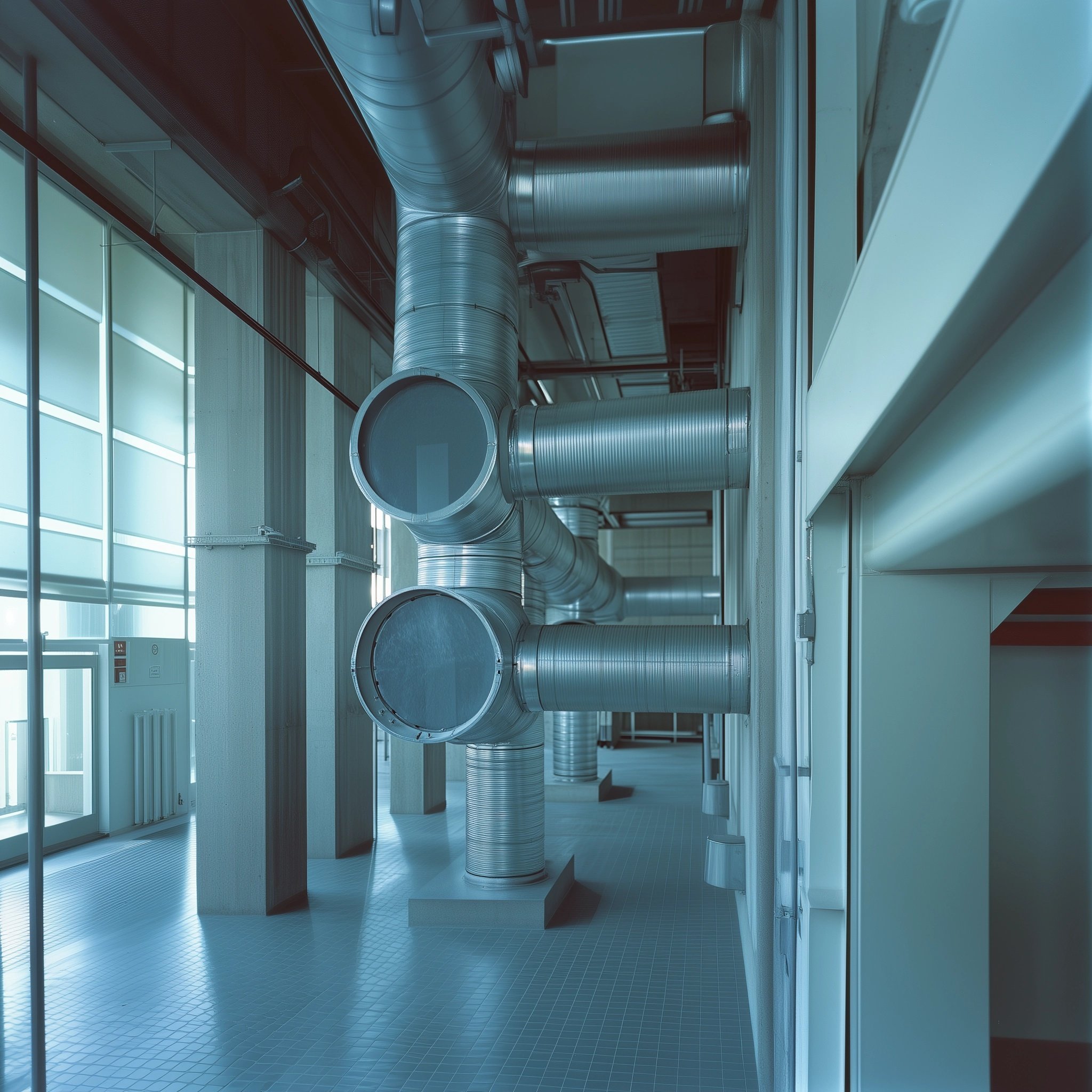
Intelligent
ventilationskontrol
designet til din bygning
Vores kunder sparer i gennemsnit 25%
Vi optimerer bygningsdrift med AI-drevet teknologi. I stedet for at følge faste skemaer tilpasser vores algoritmer sig løbende bygningens behov. Det betyder lavere energiforbrug, færre driftsomkostninger og en mere effektiv brug af ressourcer.





Lad os samarbejde
Vi er altid åbne for nye muligheder og trives med at løse komplekse udfordringer – både lokalt og internationalt. Kontakt os, og lad os udforske, hvordan vores teknologi kan optimere jeres systemer.




